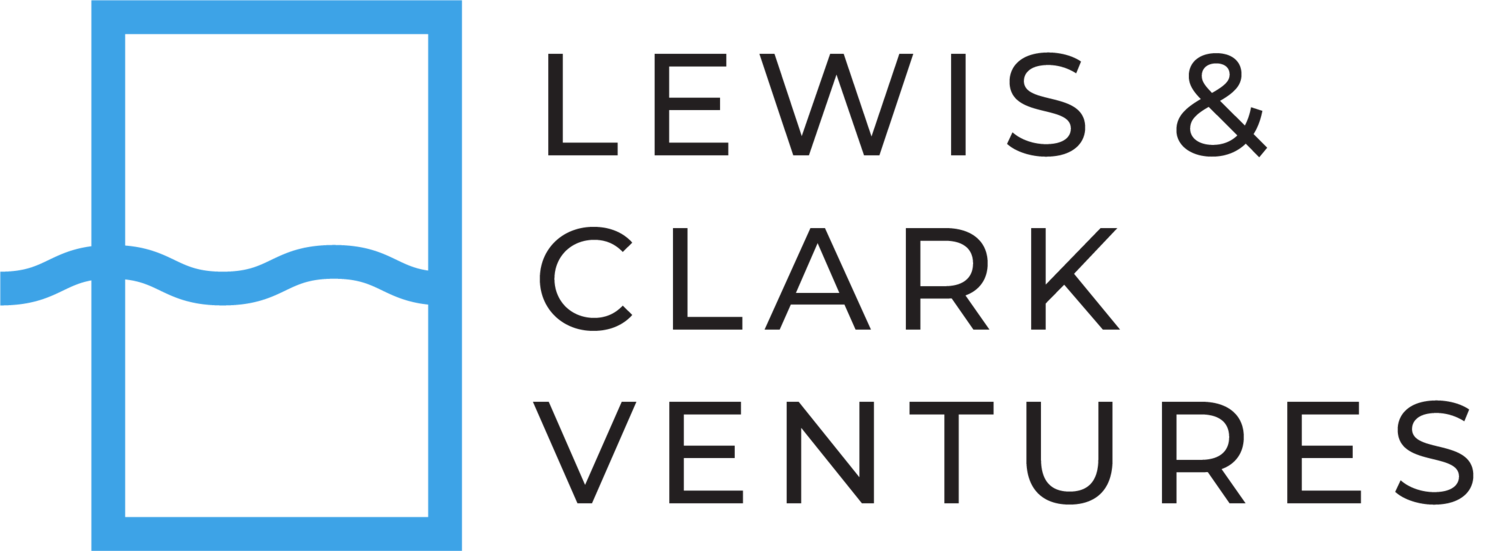How Businesses Can Start Measuring The ROI And ROV Of Benefits
by Jody Powell, CEO, Springbuk for Forbes
Each year, business leaders dedicate significant amounts of time working through plan design decisions to inform intentional program selections that can improve employee health and deliver benefits-driven ROI.
Yet, far too often, actually measuring the ROI of benefits becomes a priority when it’s too late to make a difference. When this happens, employee well-being and the organization’s financial well-being can suffer.
Over the years, I have seen the most successful organizations take a proactive approach to measuring the ROI of programs by setting goals when they roll out a new point solution or initiate new vendor relationships to maximize benefits. With this pre-planning, when the time comes to analyze benefits engagement rates and cost drivers from the past 12 months, leaders are equipped with added context to help them understand today’s metrics and prepare for what’s to come.
Proactively Assessing Priorities And Objectives
Success is different for everyone. To effectively determine the ROI of benefits, leaders must identify what kind of return they want from their provider. ROI takes many forms, including cost savings, increased wellness and outcomes that are specifically relevant to the organization. Said another way, companies need to set clear objectives and metrics to help them determine if their investment has been worthwhile.
Organizations may also decide to measure the ROV of benefits, as this quantitative metric measures the value a business generates from its investment by going beyond profit and encompassing broader impacts such as environmental, social and general well-being.
One layer of complexity that leaders need to be prepared for is that each segment of the organization will have different priorities. A CHRO will be most concerned with how often, what time of year, and what types of benefits employees use. Meanwhile, a CFO will often care most about the year-over-year costs of those benefits and how they compare to the company’s budget. And a CEO will want to understand how they can help support both the CHRO and the CFO’s top priorities. The "sweet spot" is the intersection of how these differing goals can work together.
Once these priorities have been established, leaders can align on the most important outcomes and develop a shared definition for the purpose of the company’s benefit offerings. In doing so, they’ll be equipped to take a strategic approach to measure their return.
Tactics To Measure The Return On Your Benefits
Once leaders know what they want to measure, it’s time to understand how to measure it. Begin tracking metrics and answering questions like:
• What benefits have members been engaging in the most frequently?
• Which interventions have been the most successful?
• Is there consistent engagement across programs?
• Do we see the types of engagement and outcomes we anticipated?
Some companies, like mine, provide health data analytics solutions that can help provide relevant insights and guide benefits ROI analysis when asking these questions. One of the most common challenges we see in users starting with a new piece of data technology is having a sea of information open up and needing to know where to begin.
Much like Rome wasn’t built in a day, I have found that identifying one care opportunity that supports an ROI or ROV metric can provide significant momentum in finding the right information to measure and create real change in employee health. For example, if data shows some employees resist visiting their doctor when they’re sick, it could be beneficial to know why and answer questions such as:
• Is it because the copay is too expensive?
• Do they feel they don’t have enough time for appointments?
Understanding what drives this behavior can help employers identify the barriers people face in accessing care; to dive deeper, organizations can survey employees.
Determining barriers and developing a plan to remove them is critical for businesses. It can mean the difference between an employee seeing a doctor when they’re sick—which is typically the most cost-effective and best option for the person’s well-being—or waiting until their condition is severe and they end up visiting the emergency room, which is the least cost-effective and the worst option for health outcomes.
A quick reminder: When reviewing spend and utilization trends, at first glance, leaders may be quick to label higher utilization with correlating higher costs as a bad thing. But the next thing employers will want to ask themselves and understand is: Are those good costs that keep employees happy, engaged and productive? Employees who are more engaged with their organization may be more likely to be happier in their roles and overall more productive. That yields a strong ROV.
The Role Of Program Monitoring In ROI And ROV Measurement
Whether business leaders are seeking a short-term or a long-term impact from their benefits plans, it’s wise to continually monitor the progress of programs to see which initiatives are moving the needle.
Benefits-driven ROI doesn’t happen overnight; that’s why proactive planning, program adjusting and goal setting are essential for success. This can include:
• Gathering and analyzing data.
• Conducting assessments.
• Researching employee populations.
• Modeling for expected outcomes.
• Communicating about programs.
• Educating employees about availability and benefits.
• Measuring effectiveness.
• Modifying the plan if outcomes are off-target.
Benefits leaders want employees to get the care they need while also containing costs. It’s a difficult balance to strike, but with the right strategies and data, leaders can be equipped to protect employees and their businesses. With these insights, leaders can develop targeted communications and other efforts to help connect people with the highest quality, most cost-effective care possible.

